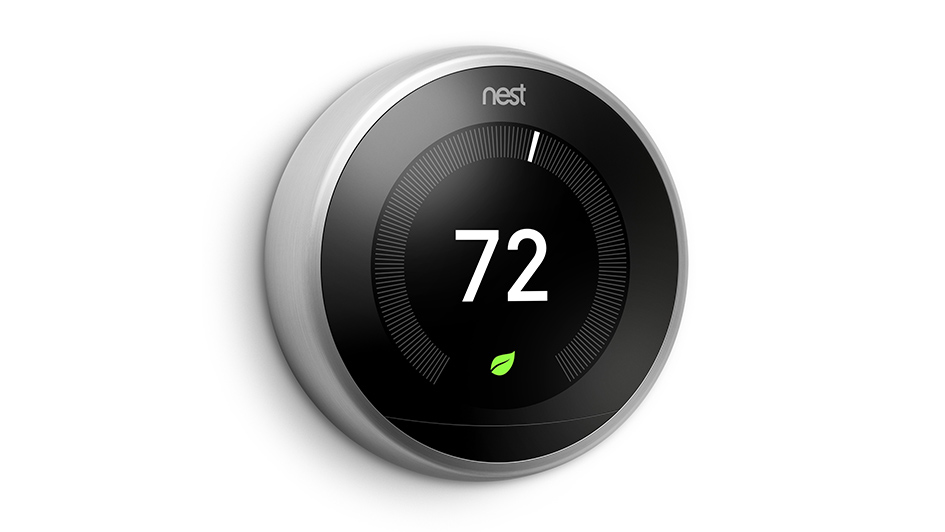
The Nest thermostat is one of the most popular smart thermostats you can buy. And for good reason. It figures out your temperature preferences and creates an energy-efficient schedule to match. And through geofencing with your phone, the Nest Learning Thermostat and Nest E realize when you’re at your residence or out and about and can adjust settings to help you save even more.
The Nest works with a vast range of 24-volt heating and cooling systems, but it’s always a wise idea to check the Nest thermostat compatibility checker before getting one. Don’t forget to talk with your energy company for valuable rebates, because you may be able to get a Nest for free or close to it.
Once you’ve checked it’s compatible, you can either hook it up without help or contact a HVAC pro like Wallpe Heating & Cooling. If you’re wiring it on your own, you’ll spot a terminal for the C-wire, or common wire. This wire is just used for powering your thermostat. If your house or HVAC system is older, you might not have one of these wires. Most of the time, Nest says this isn’t an issue since the thermostat can get adequate power from other heating and cooling wires.
In some cases, your heating and cooling system could need that C-wire. And here’s why.
Why Your Nest Keeps Losing Power and Other Issues
The Google Nest Thermostat is an improvement from outdated programmable thermostats that have a combination of wiring and AA batteries for power. It relies on a rechargeable lithium-ion battery and wiring to sync with Wi-Fi, power its digital display and operate your heating and cooling system.
8 Common Nest Thermostat Malfunctions
If it can’t get ample electricity, Nest says you may encounter some of these problems:
- Bad battery life.
- Thermostat motion sensing won’t operate.
- Your thermostat every now and then disconnects from Wi-Fi.
- Your system unexpectedly turns on or off, or won’t stop running.
- Your system is producing odd noises, such as chattering, stuttering, clicking or thumping.
- Heating or cooling is short cycling, or constantly turning on and off in a short period of time.
- There is a delay notice on your Nest thermostat’s screen, like “heating is delayed for 2:30 minutes.”
- The system fan is always working, won’t turn on or turns off and on frequently in a short period of time.
You might think something is suspect with your heating and cooling system, but if you just installed the Nest, we recommend you check your thermostat right away. This is especially true if the weather is moderate, and you haven’t been relying on your heat or air conditioning consistently.
Our Pros Can Solve Nest Thermostat Troubles
If you’ve tried Nest thermostat troubleshooting on your own but can’t repair the issue, a smart thermostat specialist like one from Wallpe Heating & Cooling can provide support. We can diagnose the malfunction and add a C-wire, if necessary.
Smart thermostats such as the Nest are made to make your life more convenient, by automatic energy-efficient programming and the opportunity to keep an eye on settings while you’re on the go. It’s an annoying experience when yours won’t run properly, but our heating and cooling experts at Wallpe Heating & Cooling can take care of the trouble quickly.
If you’re running into weird heating and cooling behavior with your new Nest, give us a call at 812-663-7252 to book your appointment right away.
